Milan City Guide
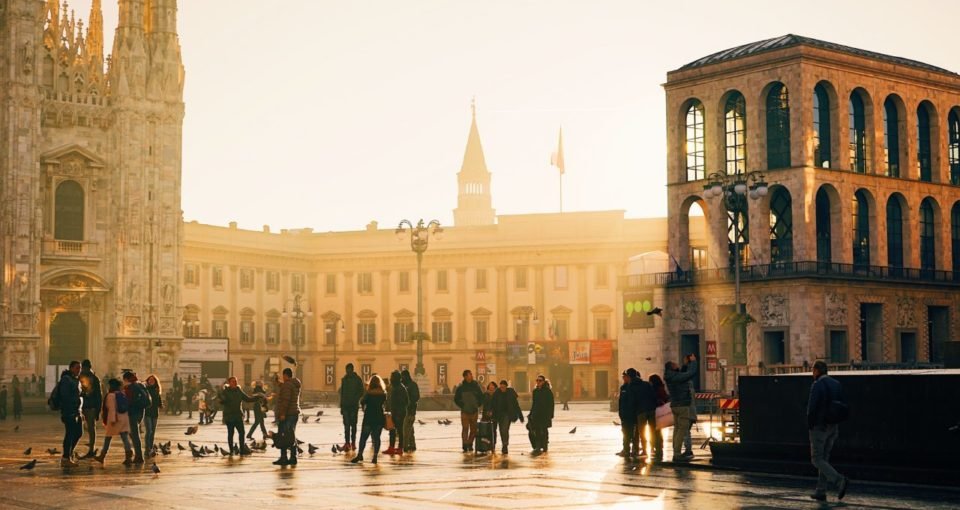
Renowned as a capital for creativity since well before the Renaissance, Milan’s place in the world continues to be updated. Ever-pioneering, the city is home to a range of architectural gems that span centuries, from the 14th-century Duomo to the radical industrial reconstruction of Prada Fondazione in the south. The city continues to loop into the international calendar in arts and design, while also acting as the stage for the beginning of the professional road cycling season and the European road marathons. This cadence and an emphasis on lifestyle helps to pull crowds to a variety of open air pools in the summer, with runners and cyclists gifted with a series of green pockets and gateways to the mountains 30 miles to the city’s north.
To make the most of this Milan city guide for endurance athletes, note a few patterns and features. Facilities are broken into categories according to their running, cycling or swimming focus, with a separate section highlighting quality gym facilities in the city. Exact hours aren’t indicated unless very restrictive, and prices are also omitted in the knowledge that no listed facility charges more than $20 for day access. Instead, a full directory of is provided in the final Directory section. The place names in Directory link directly to the venue’s Google Maps profile – click on the venue’s name to generate directions. Finally, the Sleeping & Eating section towards the end of the guide provides an insight into good places for sleeping and fuelling during your time in Milan.
Orientation & Logistics
Milan’s flat terrain is enclosed by a circular ring road, spanning four miles in diameter. The centre of this is occupied by the city’s original heart, Duomo, flanked to the east by Porta Venezia and Brera to the north. Industrial building’s in the south-west district of Zona Tortona have been occupied in recent decades by design companies, now acting as the heart of Milan Design Week, taking place each April. Swing counter-clockwise into Navigli for a district divided by canals and more fascinating design conversions.
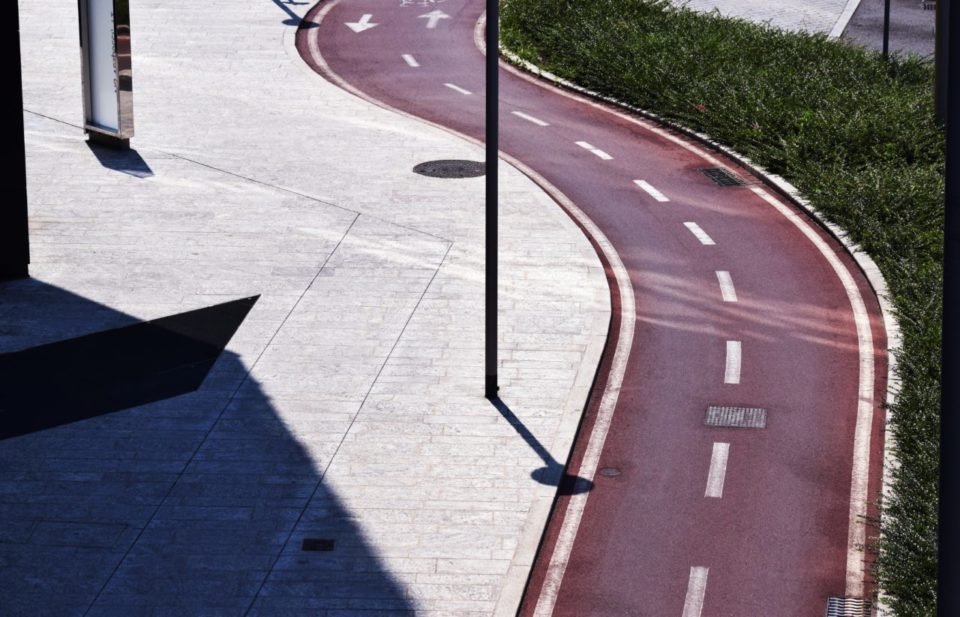
The Milan Metro provides access throughout town, when walking between relatively condensed station stops proves too much. Four lines are worth noting, with suburban train lines passing through and beyond the city perimeters. The four lines are labelled M1 (red), M2 (green), M3 (yellow) and M5 (mauve). Those willing to jump into the lap of city-made apps can download those for the Milan Metro and use these to purchase tickets (Google Play and Apple App Store).
Running
Two main parks orbit the city centre, each surfaced in firm gravel with a regular rhythm of runners passing through their shaded veins each day. Milan’s flat terrain means that hill intervals are off, but with a pair of 400m tracks provide good turf for those with rigorous training needs. Each of these tracks is also home for running groups, who venture beyond the tracks during winter and in-part during the summer season.
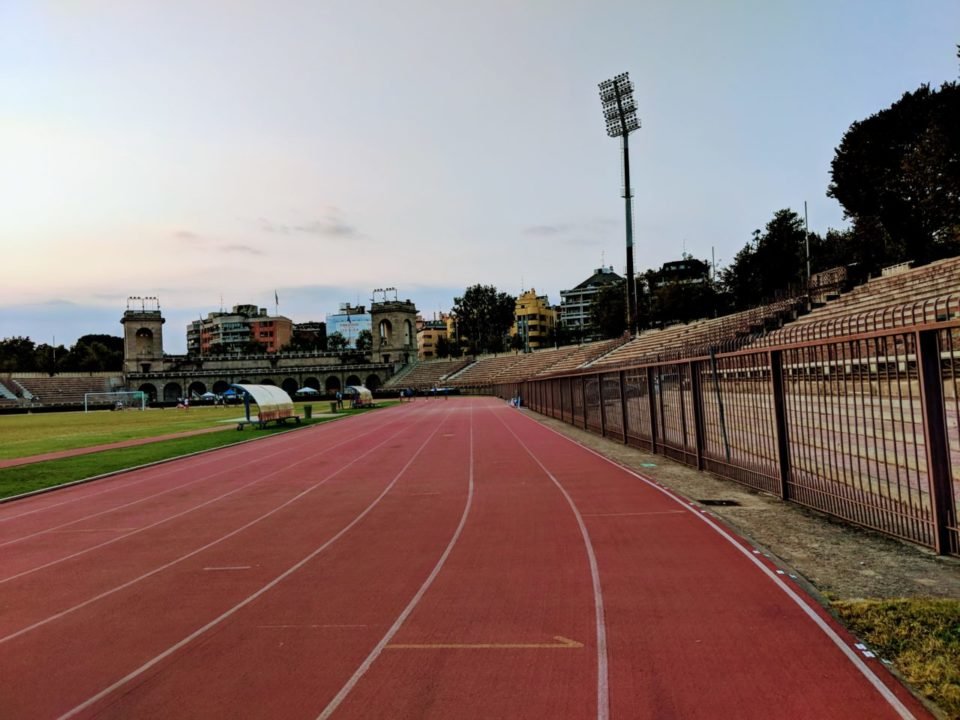
Milan’s most central running track is Atletica Riccardi, located in Parco Sempione within the Brera district. The track is accessible in the evenings when it is open to the public and is also useful for routes connecting to the park itself. Road Runners Club Milano (RRCM) organise training at Città Studi during the season, a track facility that is on the south-east side of Milan, just outside the city perimeter but only 20-minute metro from Duomo. Città Studi also has opening times for the general public – from Monday to Friday from 10am to 8pm, Saturday from 10am to 6pm but check their website to see when events are on. Entry is €4.
As with all running tracks in Italy and Europe generally, it’s worth bringing a legitimate document from the doctor in your resident country, indicating that you are in good health.
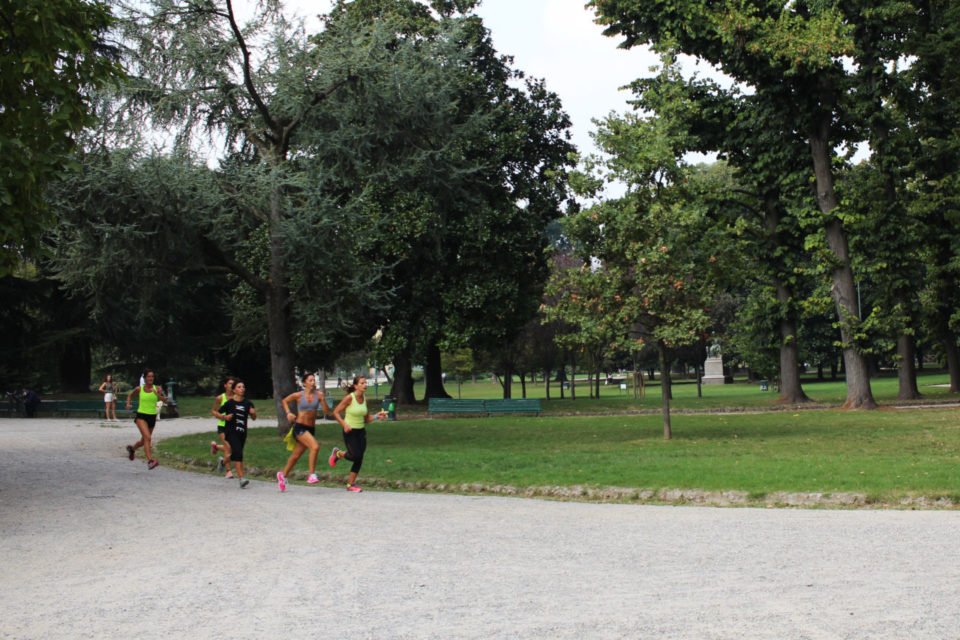
Alternatively, runners can make a larger loop out of the walled perimeter of Parcio Sempione, a total of 3.6km. Numerous pathways traverse the park, so weaving in a selection of longer intervals is an option. The same approach can be taken at Giardini Pubblici Indro Montanelli, which is nearly a mile to the east of Parco Sempione.
Treadmill and dumbbell workout classes can also be attended with Barry’s Bootcamp who have a studio in Porta Venezi. Their classes start at 7am and run until the final class starts at 8:10pm.
Cycling
Milan’s important role in Italy’s national cycling setup is matched in equal measure by a range of routes out of town. Routes reach out to the south-east into Lombardy, to the south-west and the Ticino Valley and to the north in the direction of Lake Como and the foothills of the alps.
Road bike rental is easy to come by at Rossignoli Bicycles in Brera. They have a fleet of Saetta model Cinelli bikes with carbon frame and Shimano 105 group, with per day rental starting at €50 for a single day. Helmet and clip-in pedals are included in the service.
Any cyclists with dates in the diary to visit Milan should first explore Milano Bike City. This initiative serves as the best attempt to pull together a range of cycling-themed events and venues in Milan. Since 2018, a cluster of events have been arranged during September, dozens of active and spectator events that sets a high threshold for other cycling-prone cities.
Gym
Milanimal is a premium facility with CrossFit facilities and daily access.
Swimming
The central Piscina Cozzi at the M3 Republic stop contains a 33m pool with opening times started at 7am. Summer visitors to Milan can head to Seaside Resort Scarioni, a 50m tub located 23 minutes from the city via the M5.

Sleeping & Eating
Milan’s sense for interior design coincide with fantastic cuisine. Despite being a little out of town, the conversion of a former sawmill has resulted in the impressive industrial design of Carlo e Camilla. Their menu changes four times per year to sync with the seasons. Other notable interiors is the more centrally located LùBar in Porta Venezia, and Dry, which serves up some of the city’s most popular pizzas.
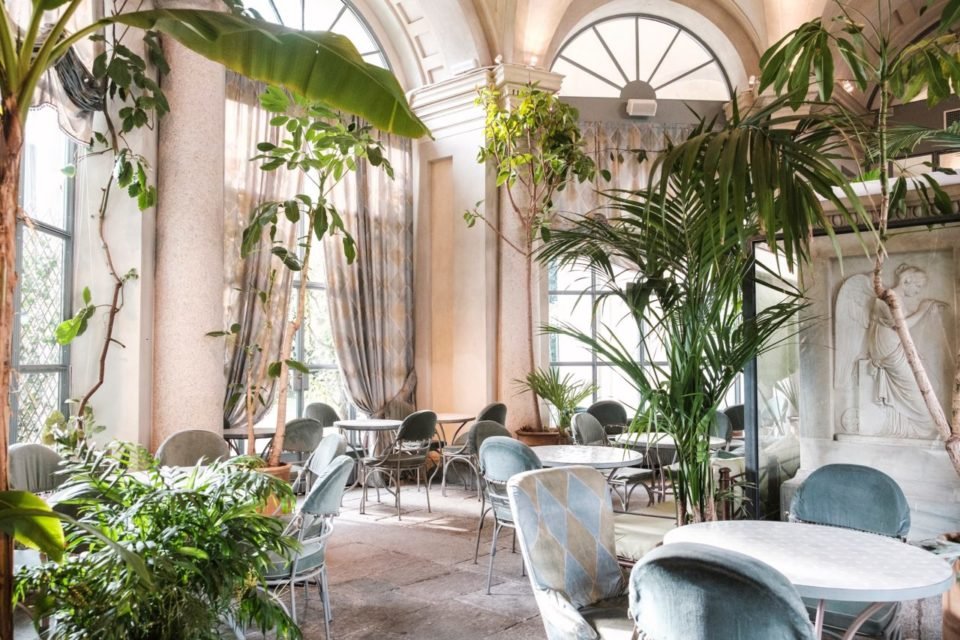
Coffee mustn’t be missed and if you want to combine this with another landmark brand, head to the Moleskin Cafe in Brera. Less central but just as impressive is Bar Luce, a watering hole and coffee shop within the Fondazione Prada complex. Wes Anderson’s palette is easy to spot, mirroring the charm of old Milan with wood panelling and iconic furnishings. There’s more than the typical Italian espresso on the menu at Cafezal, a micro-roastery that offers a range of specialty drinks including drip coffees and cold brews.
Before you arrive in Milan, note organic supermarket Naturasi. They have a number of locations in town.
Milan’s hotels set a high standard for design interiors, with rental apartments providing an additional supply of trendy interiors. Depending on your length of stay and interest in location, look into one of the self-catered accommodations, or to a design hotel.

Hotel VIU Milan is to the north of Brera and meets the standards of the well designed quarter. A pair of restaurants caters to the gourmet needs of guests, while also including caloric dishes and an impressive breakfast. The hotel has a spa and can arrange for sports massage in bedrooms, for when guests aren’t making the most of the gym. Two other options for accommodation in Milan are more central. Meanwhile right around the corner from the city centre is STRAFHotel and Hotel Senato, half a mile from the corner from Duomo and a near neighbour to Barry’s Bootcamp.
To rent an Airbnb and self-cater during your stay, consult these nine properties from The Spaces.
Directory
Bar Luce
Milanimal
Email Will Ross (will@zafiri.com) if you have any questions or comments. Browse other Zafiri City Guides.